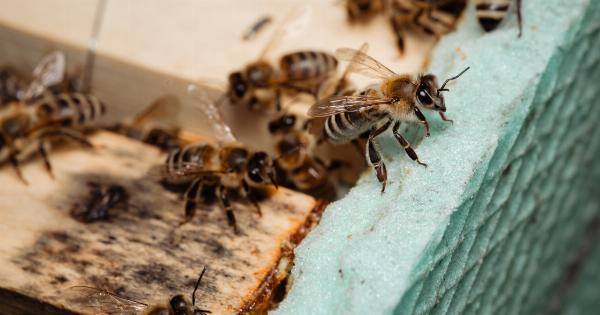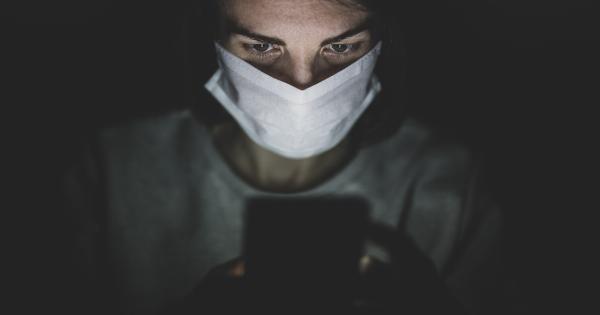Anaphylaxis is a severe allergic reaction that can be life-threatening if not treated immediately.
It typically occurs within seconds or minutes of exposure to an allergen, such as a bee sting, and can affect multiple systems of the body, including the respiratory system, cardiovascular system, and gastrointestinal system.
Symptoms of Anaphylaxis
The symptoms of anaphylaxis can vary from person to person, but common symptoms include:.
- Difficulty breathing or shortness of breath
- Swelling of the face, lips, tongue, or throat
- Hives or rash
- Nausea or vomiting
- Dizziness or fainting
- Rapid heartbeat
Why does a bee sting trigger anaphylaxis?
A bee sting contains venom, which is a foreign substance that triggers an immune response in the body. In most people, the immune response is mild and results in localized swelling, pain, and redness around the site of the sting.
However, in some people, the immune response is severe and can lead to anaphylaxis.
Risk Factors for Anaphylaxis
Anyone can develop anaphylaxis, but certain factors can increase the risk of a severe allergic reaction. These include:.
- Prior history of anaphylaxis
- Family history of allergies or anaphylaxis
- Asthma
- Heart disease
- Use of certain medications, such as beta-blockers or ACE inhibitors
Diagnosing Anaphylaxis
If you experience symptoms of anaphylaxis after a bee sting or exposure to another allergen, seek emergency medical care immediately. A doctor or other healthcare provider can diagnose anaphylaxis based on your symptoms and medical history.
In some cases, additional tests may be necessary to rule out other conditions or to determine the specific allergen that triggered the reaction.
Treating Anaphylaxis
Anaphylaxis is a medical emergency that requires immediate treatment. The first step is to call 911 or seek emergency medical care. While waiting for emergency responders to arrive, take the following steps:.
- If possible, remove the stinger or source of the allergen from the skin
- Stay calm and lie down with feet elevated
- If you have an epinephrine auto-injector (such as an EpiPen), use it as directed
- If someone else is experiencing anaphylaxis, help them use their epinephrine auto-injector if they have one
Once you arrive at the hospital, you will likely receive additional treatment, such as medications to control breathing, blood pressure, and heart rate, or an IV for fluids and medications.
Preventing Anaphylaxis
The best way to prevent anaphylaxis is to avoid the allergen that triggers the reaction.
If you know you are allergic to bee stings, take steps to avoid bees and other insects, wear protective clothing, and carry an epinephrine auto-injector with you at all times. If you have a history of anaphylaxis or severe allergies, talk to your doctor about developing an allergy management plan that includes identifying triggers, carrying medications, and seeking emergency medical care if necessary.
Conclusion
Anaphylaxis is a severe allergic reaction that can be life-threatening if not treated immediately. A bee sting is one of the most common triggers of anaphylaxis, but other allergens can also cause this serious condition.
If you experience symptoms of anaphylaxis, seek emergency medical care immediately. With prompt treatment and prevention strategies, people with severe allergies can manage their condition and reduce the risk of a life-threatening allergic reaction.






























